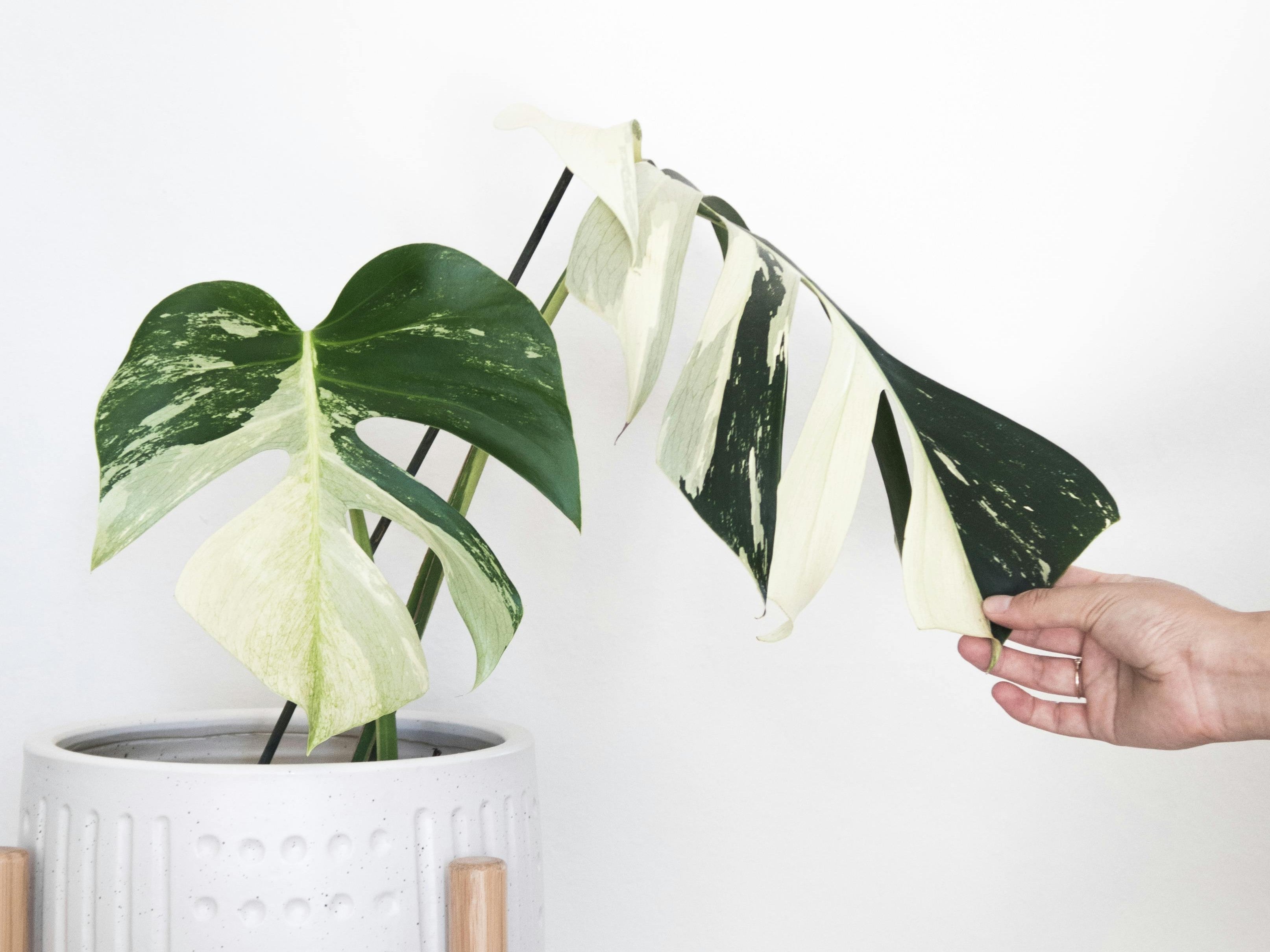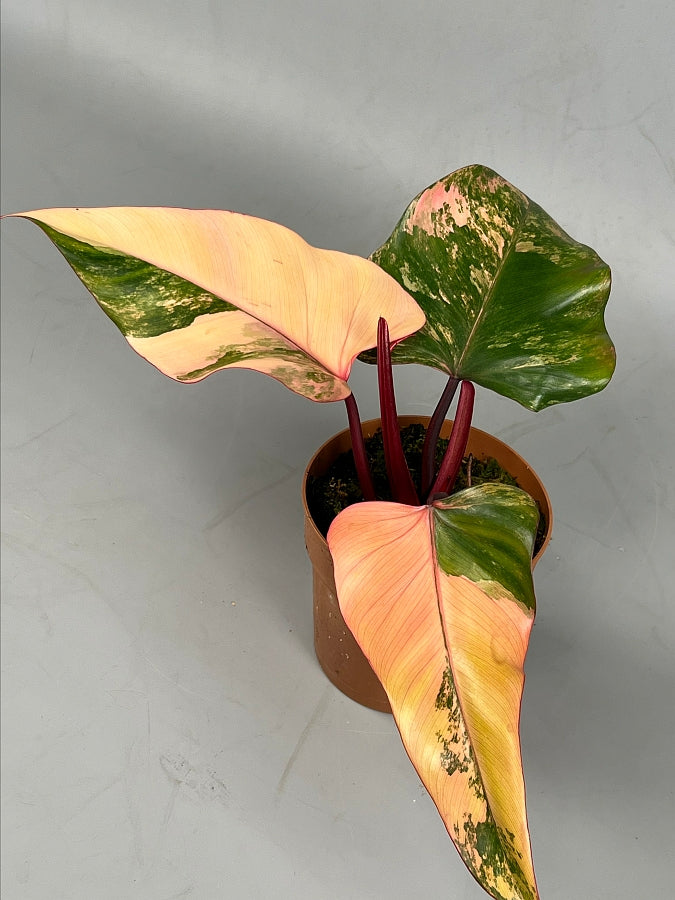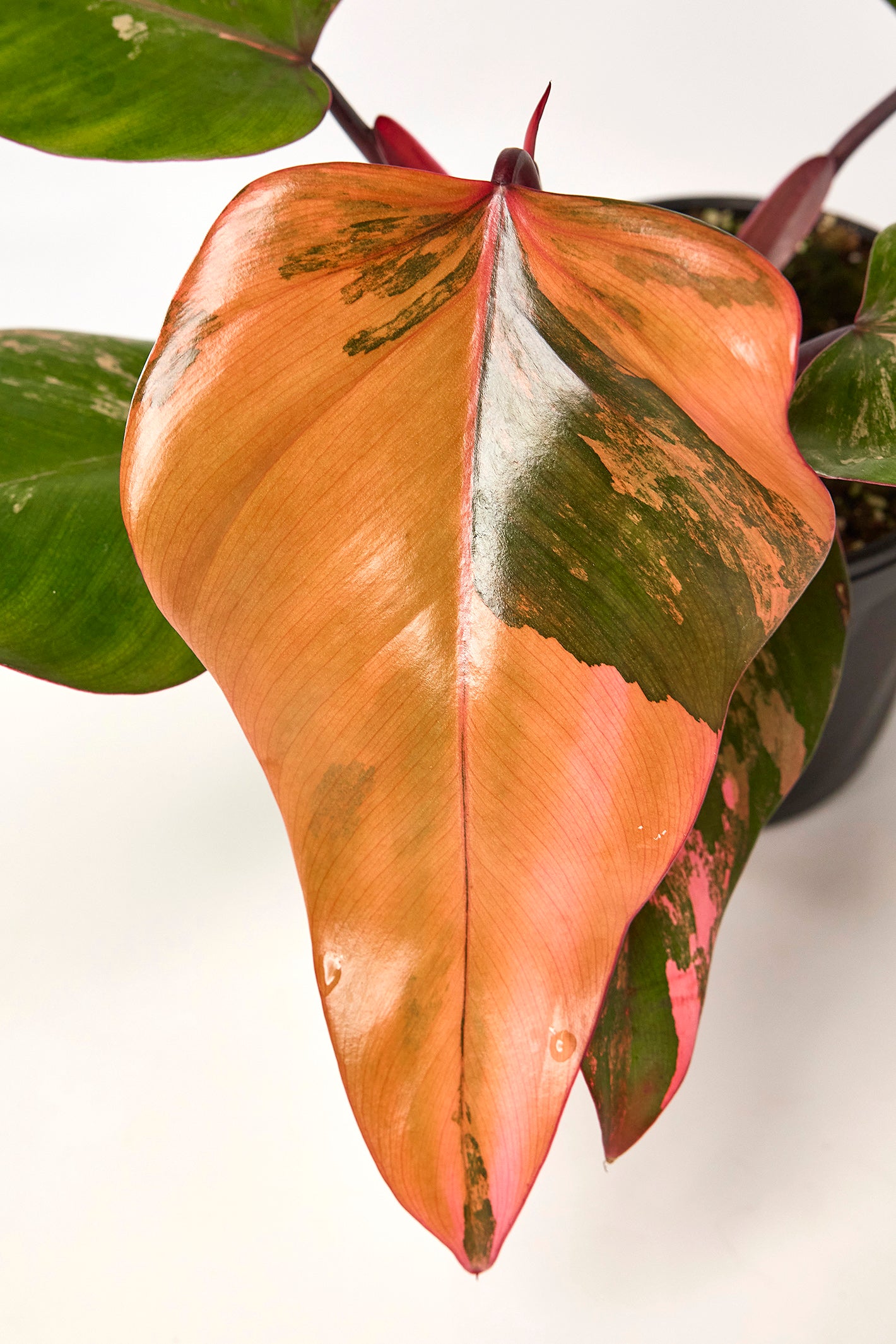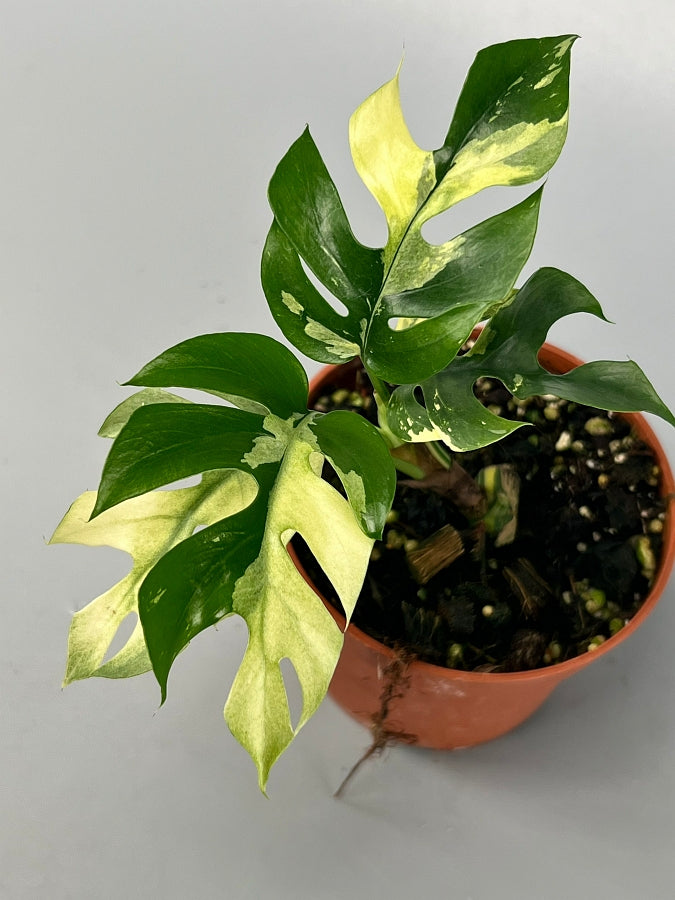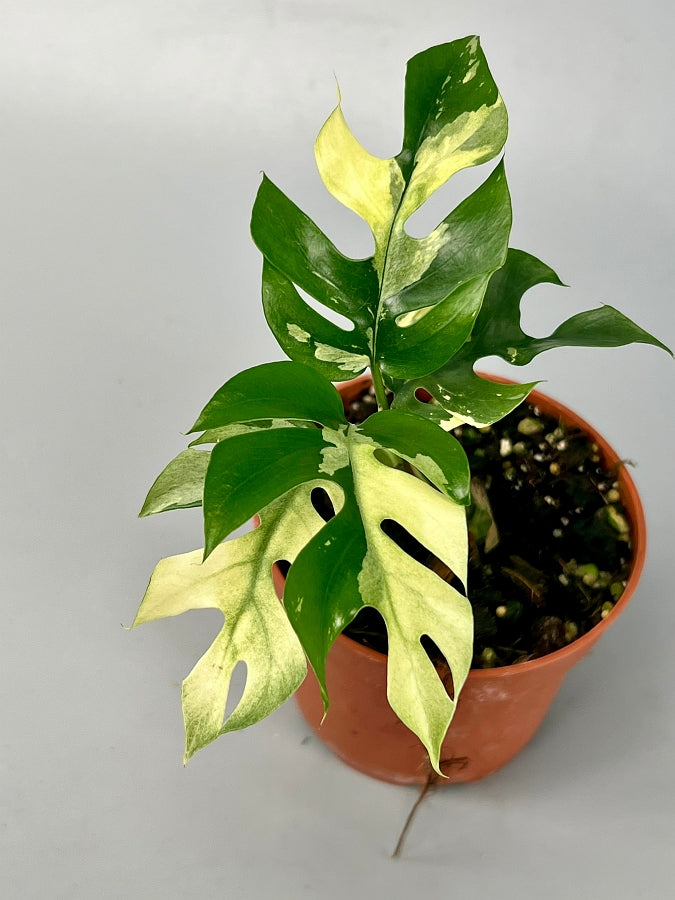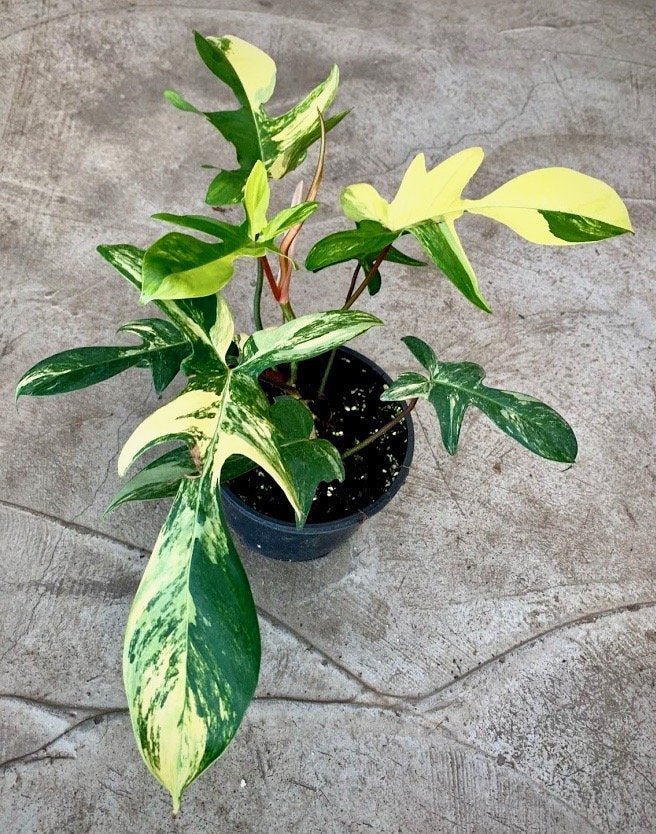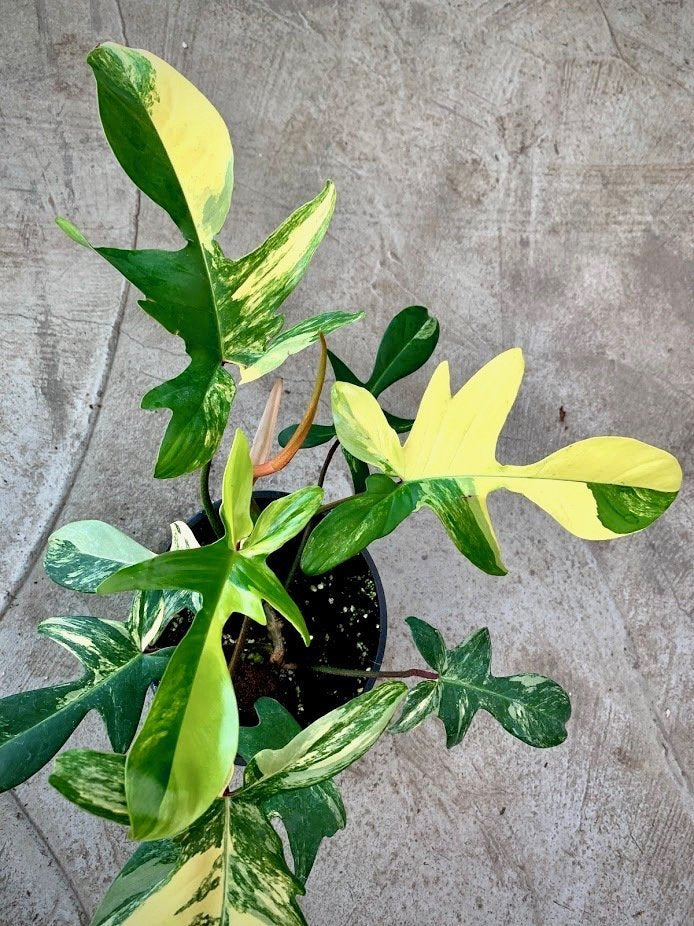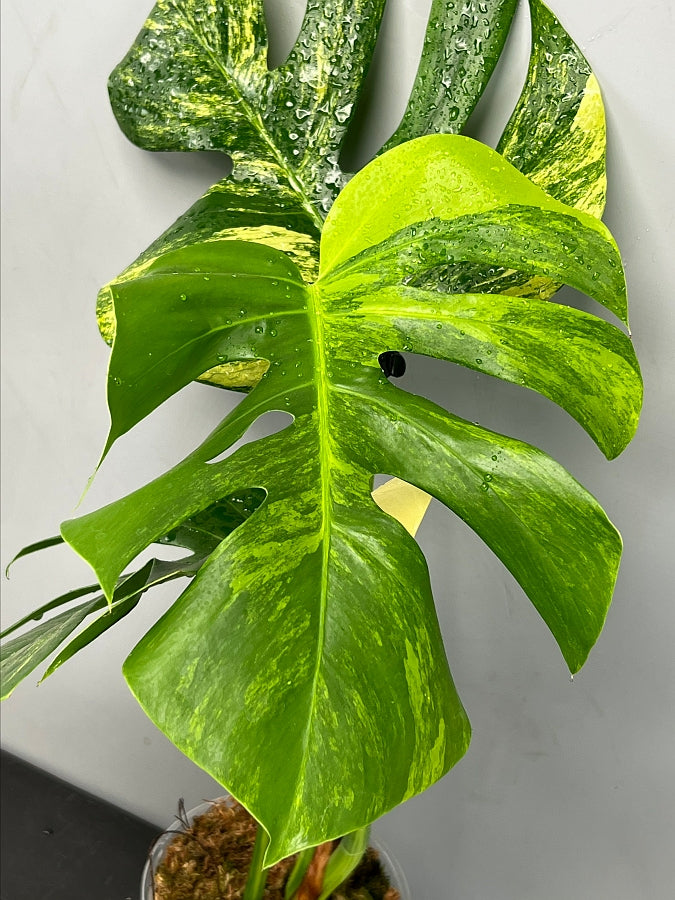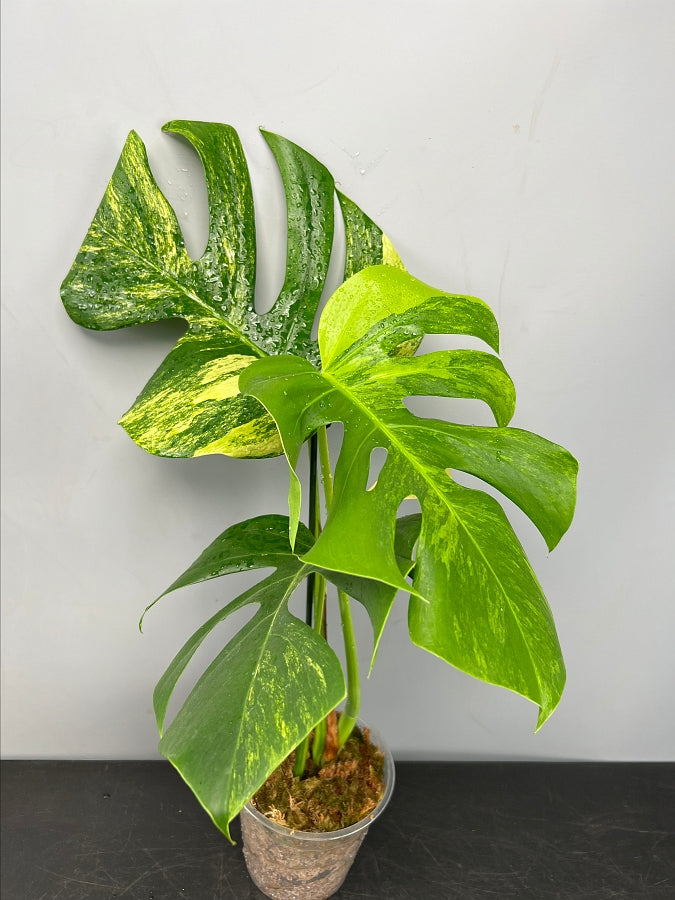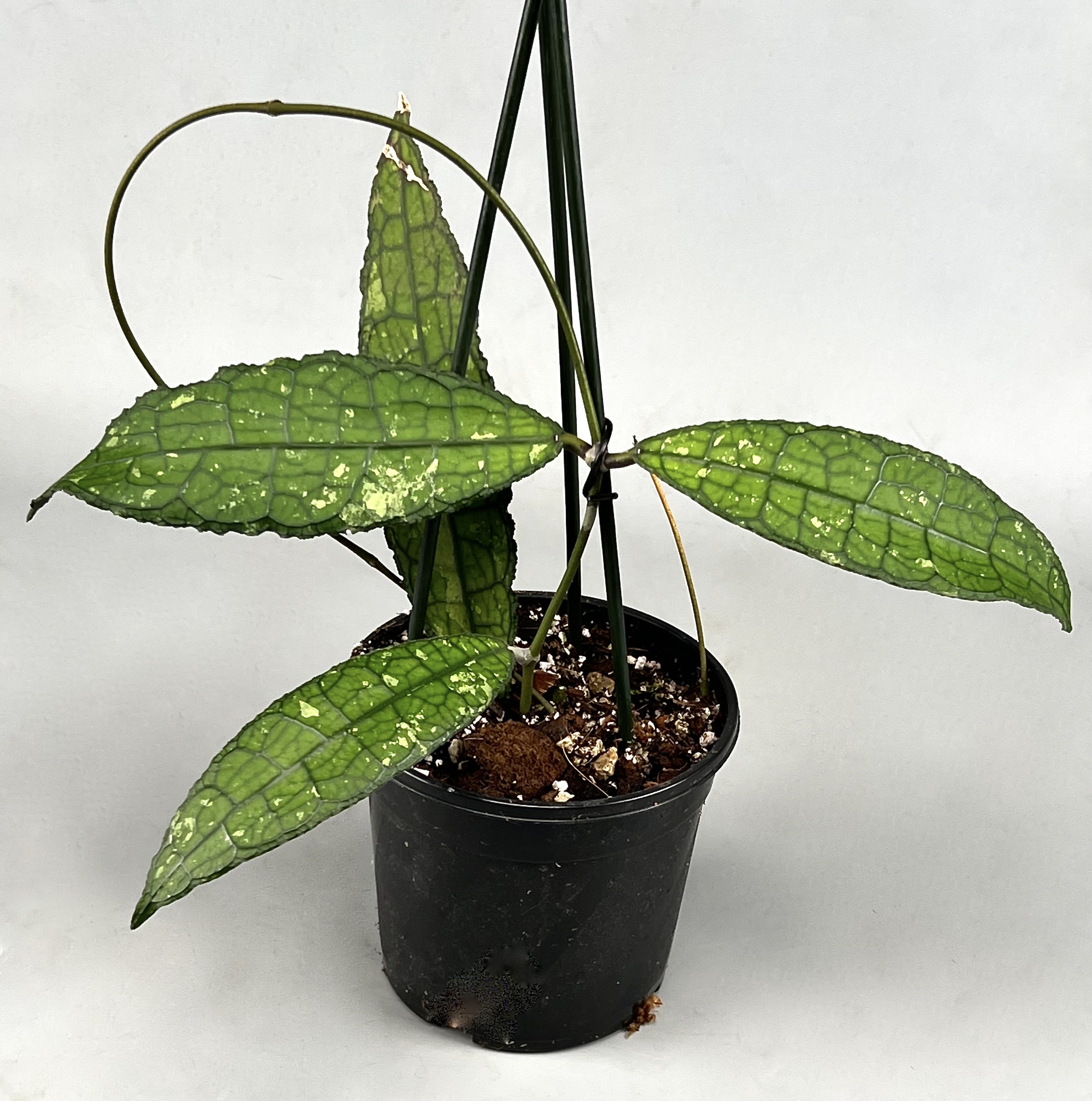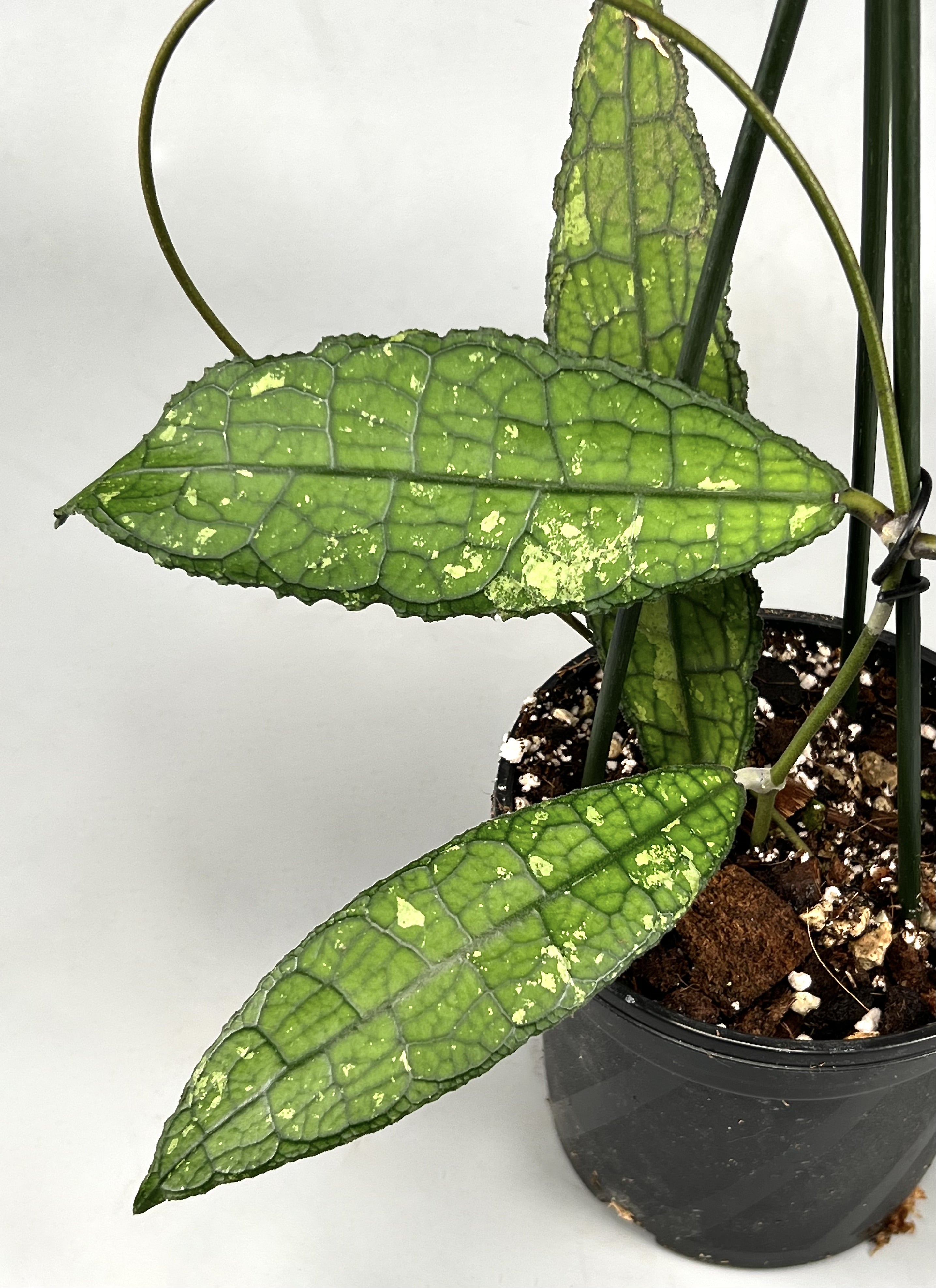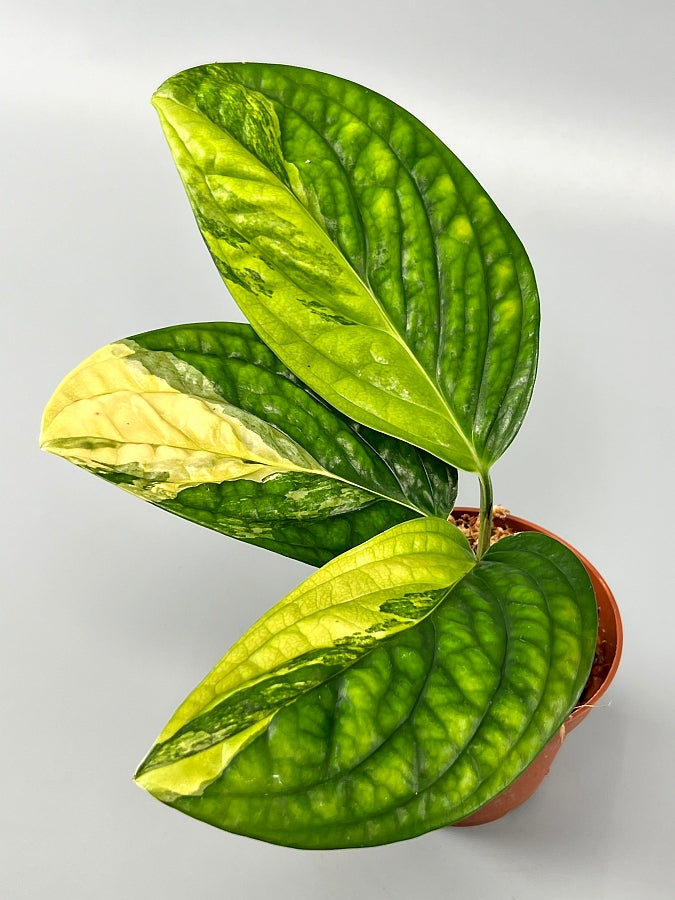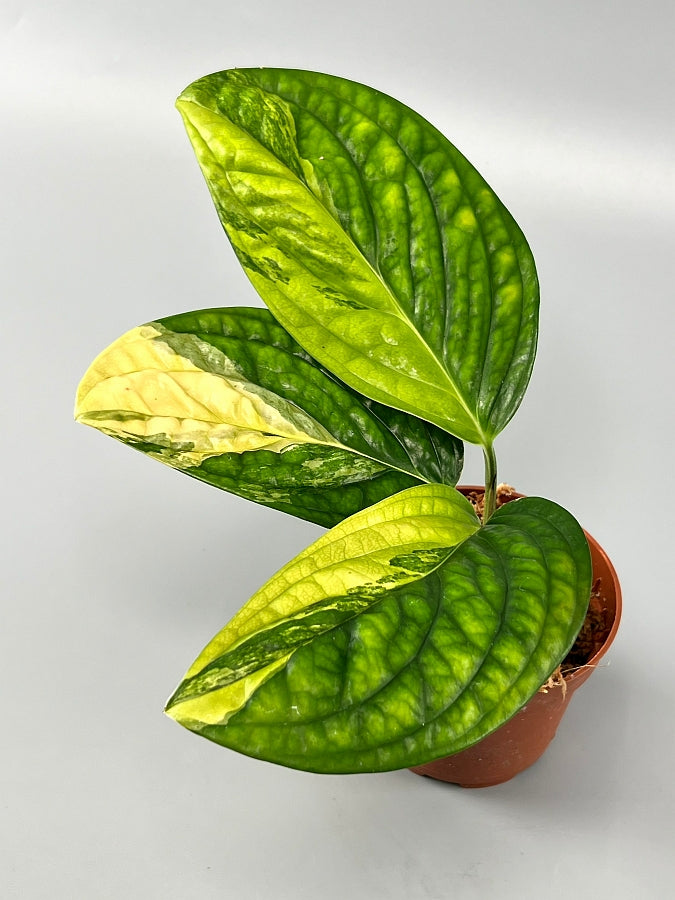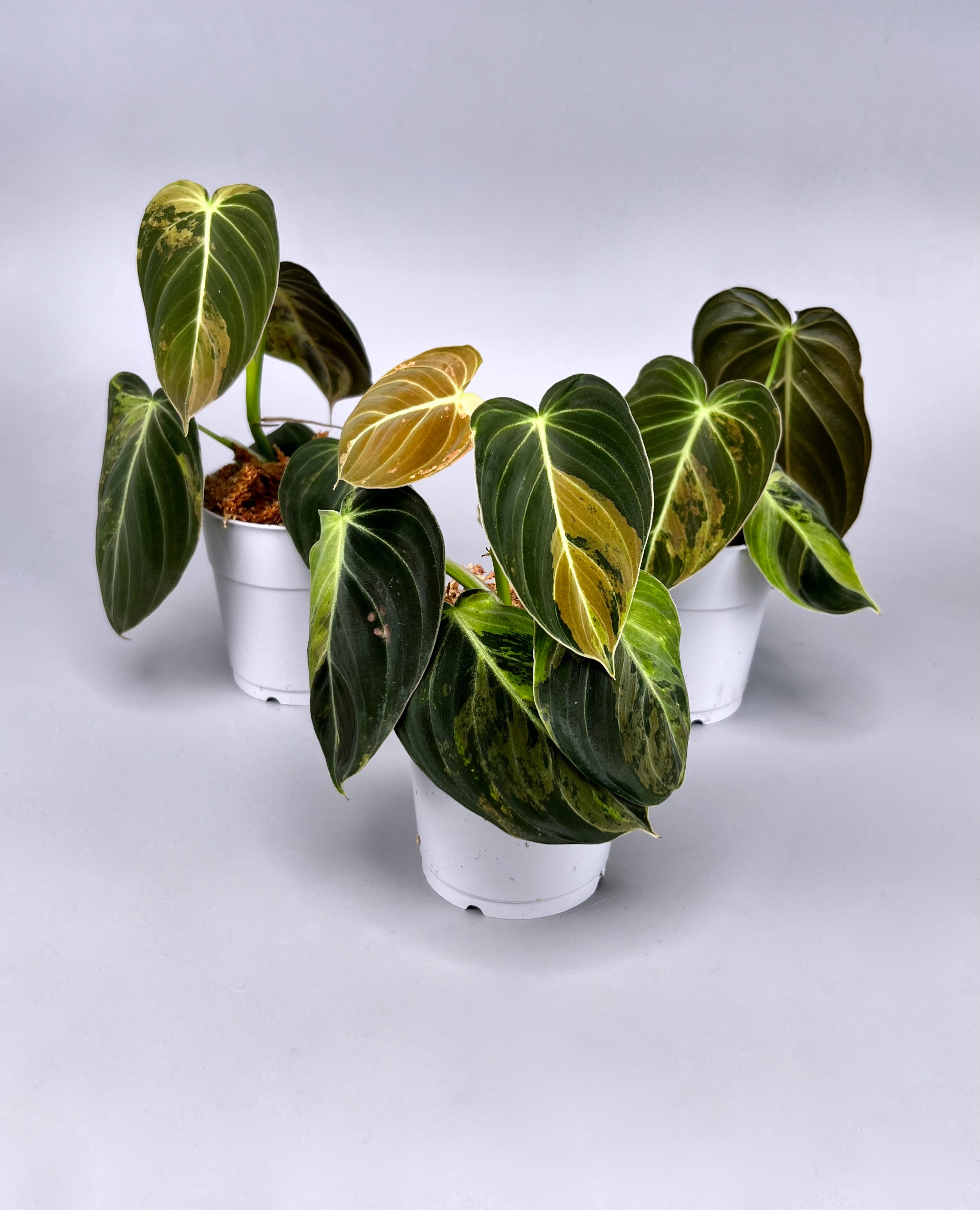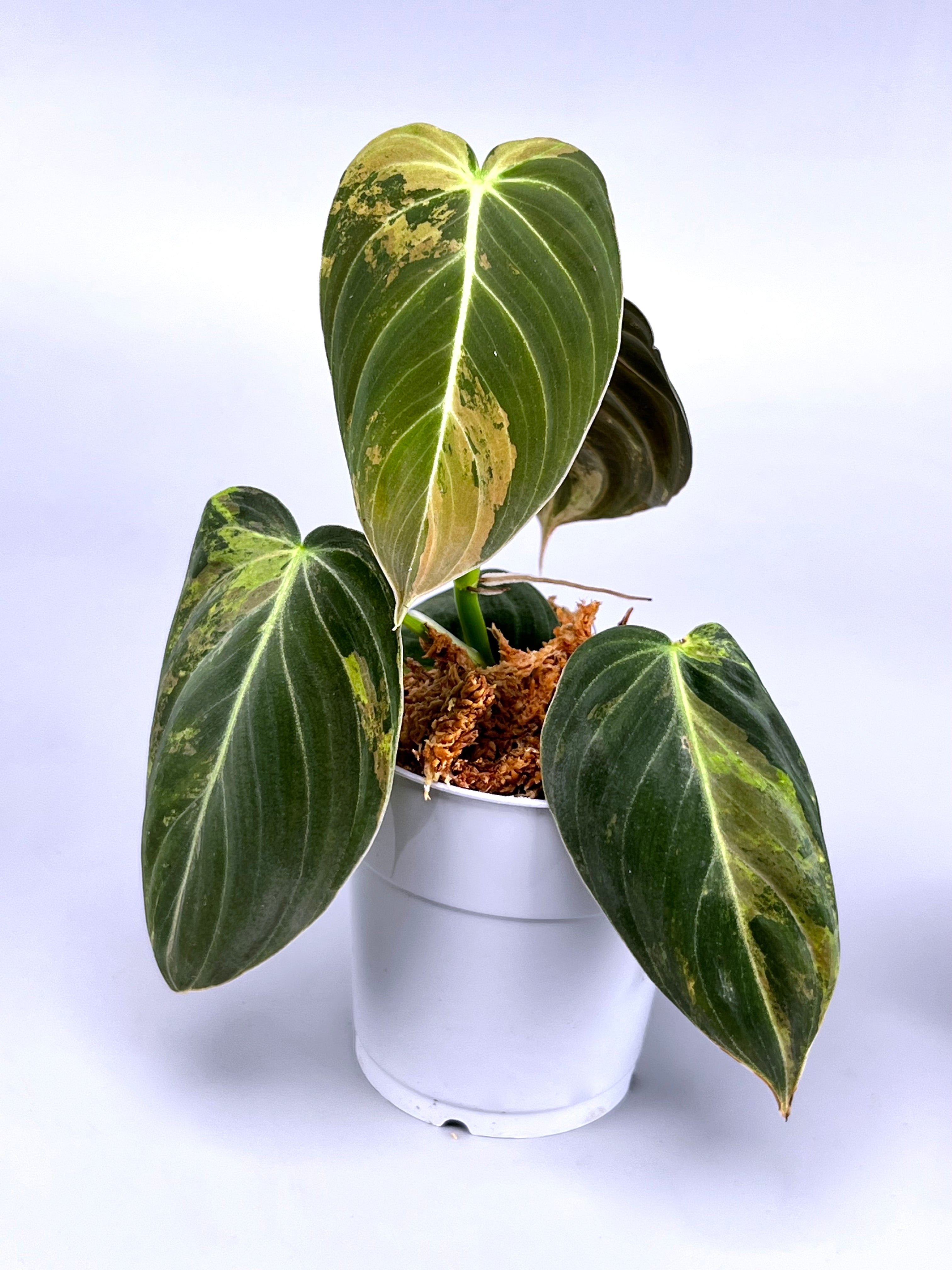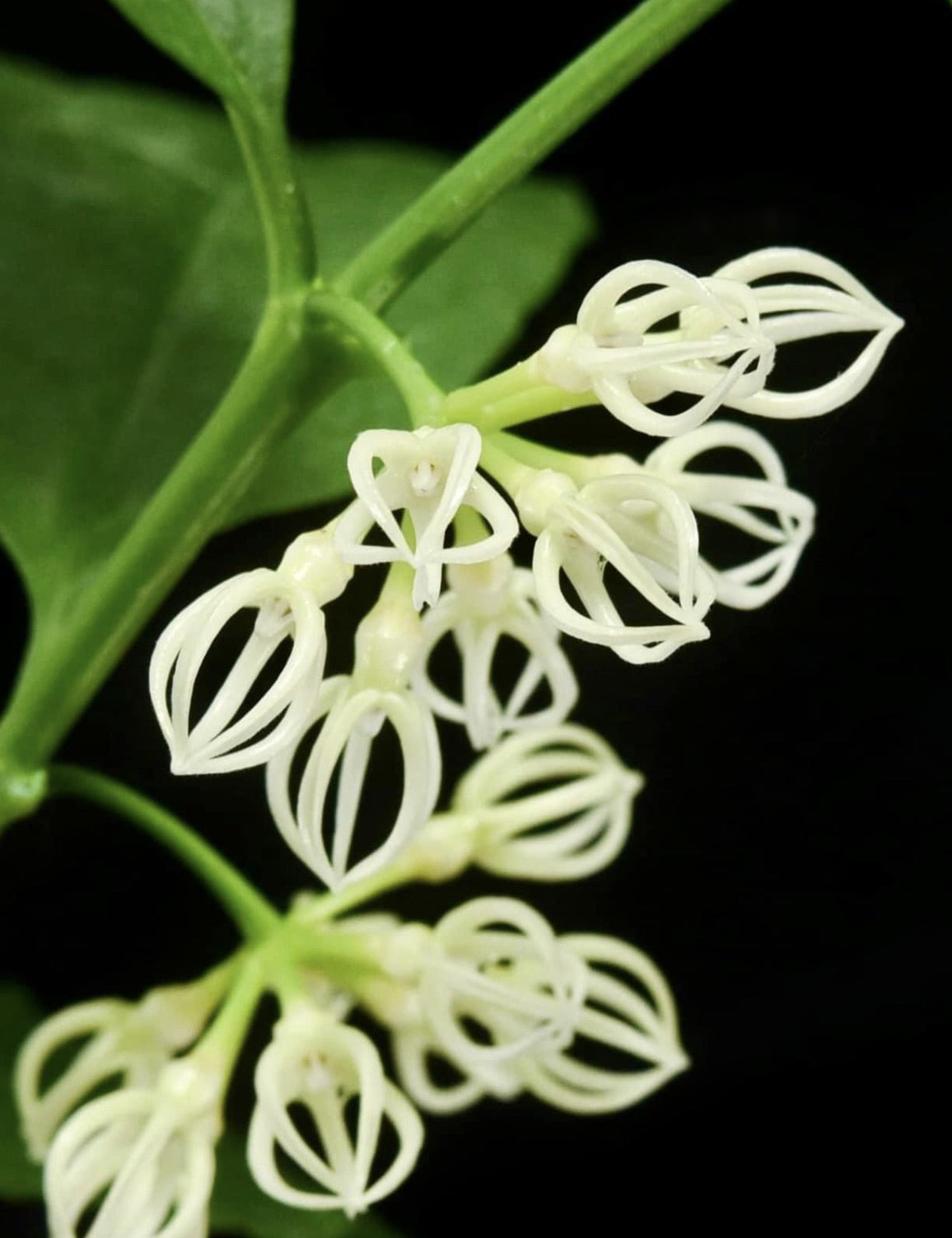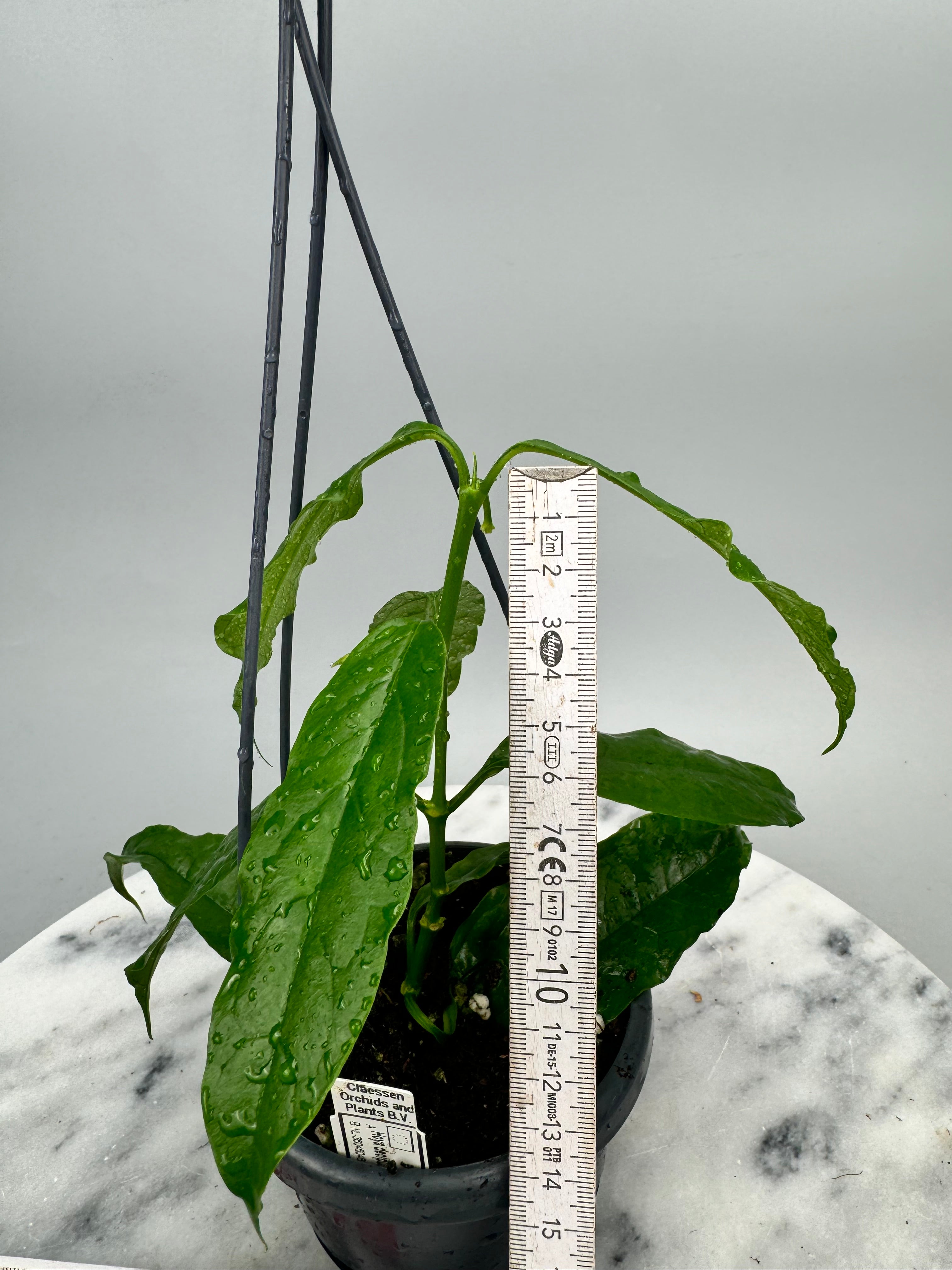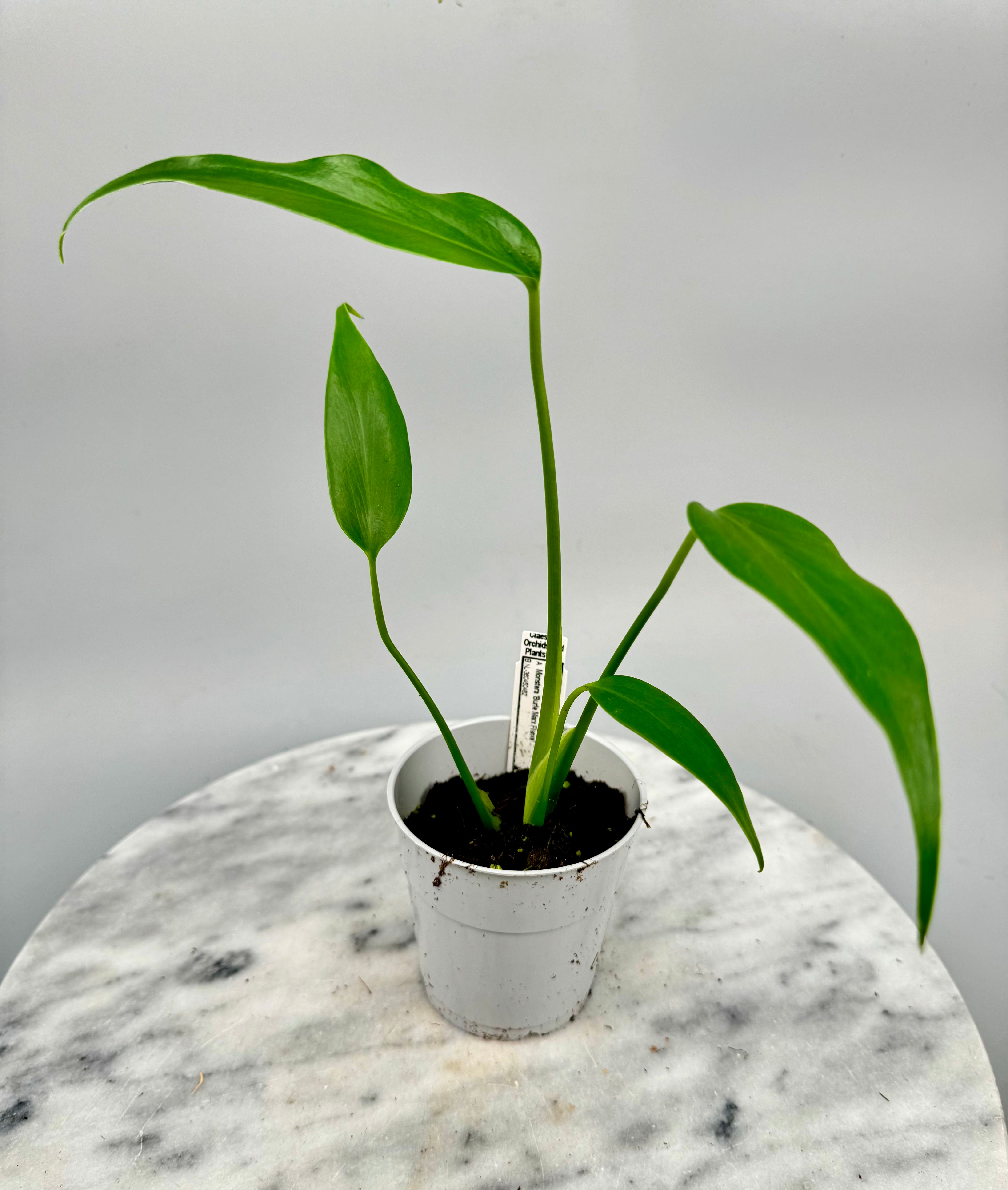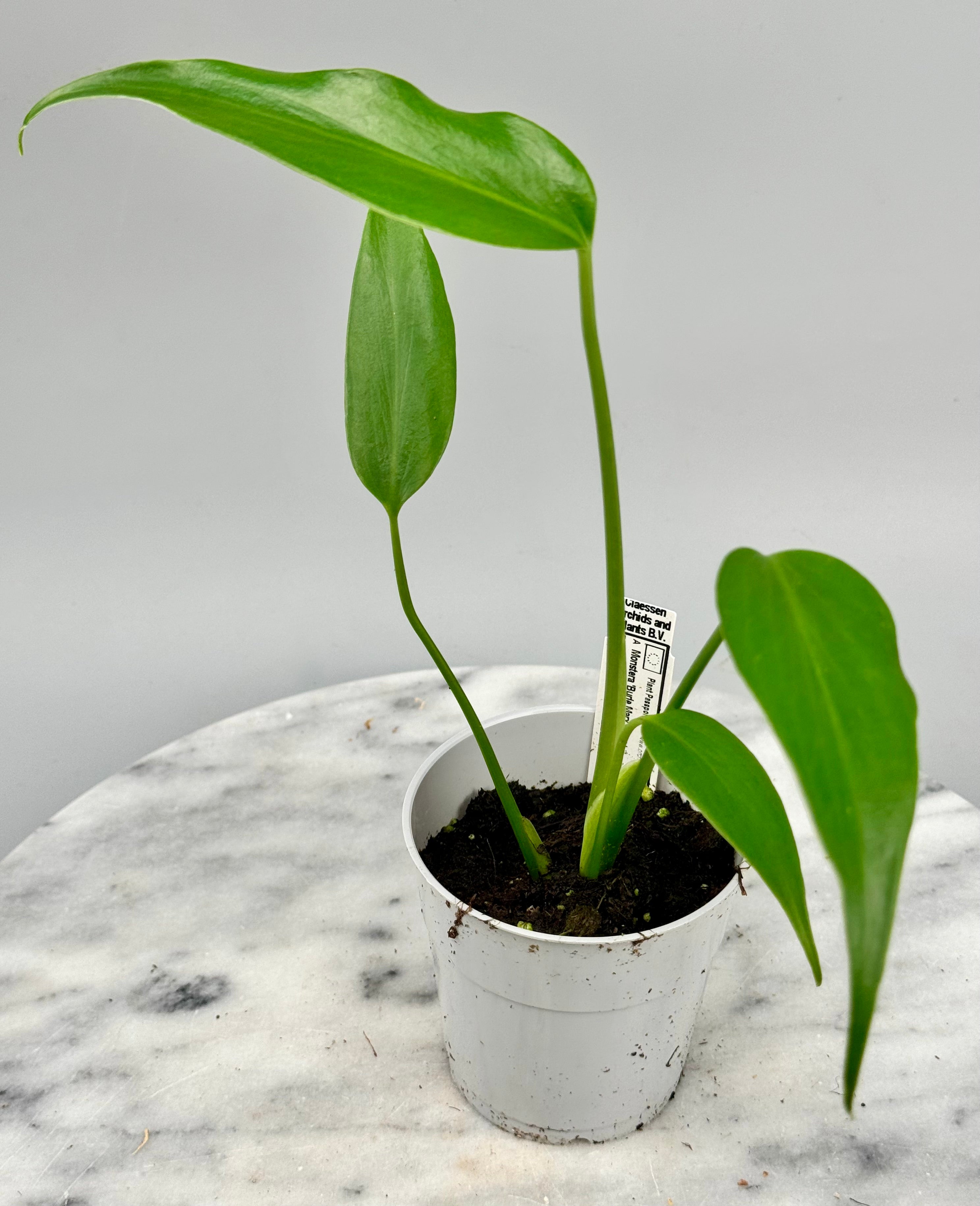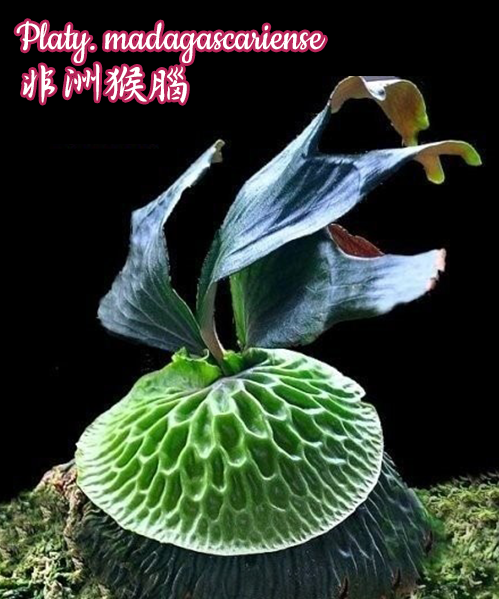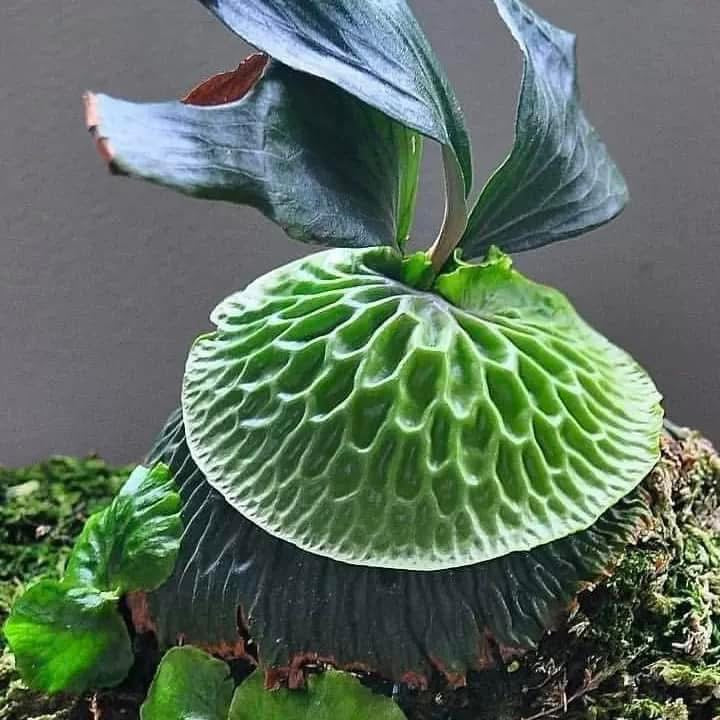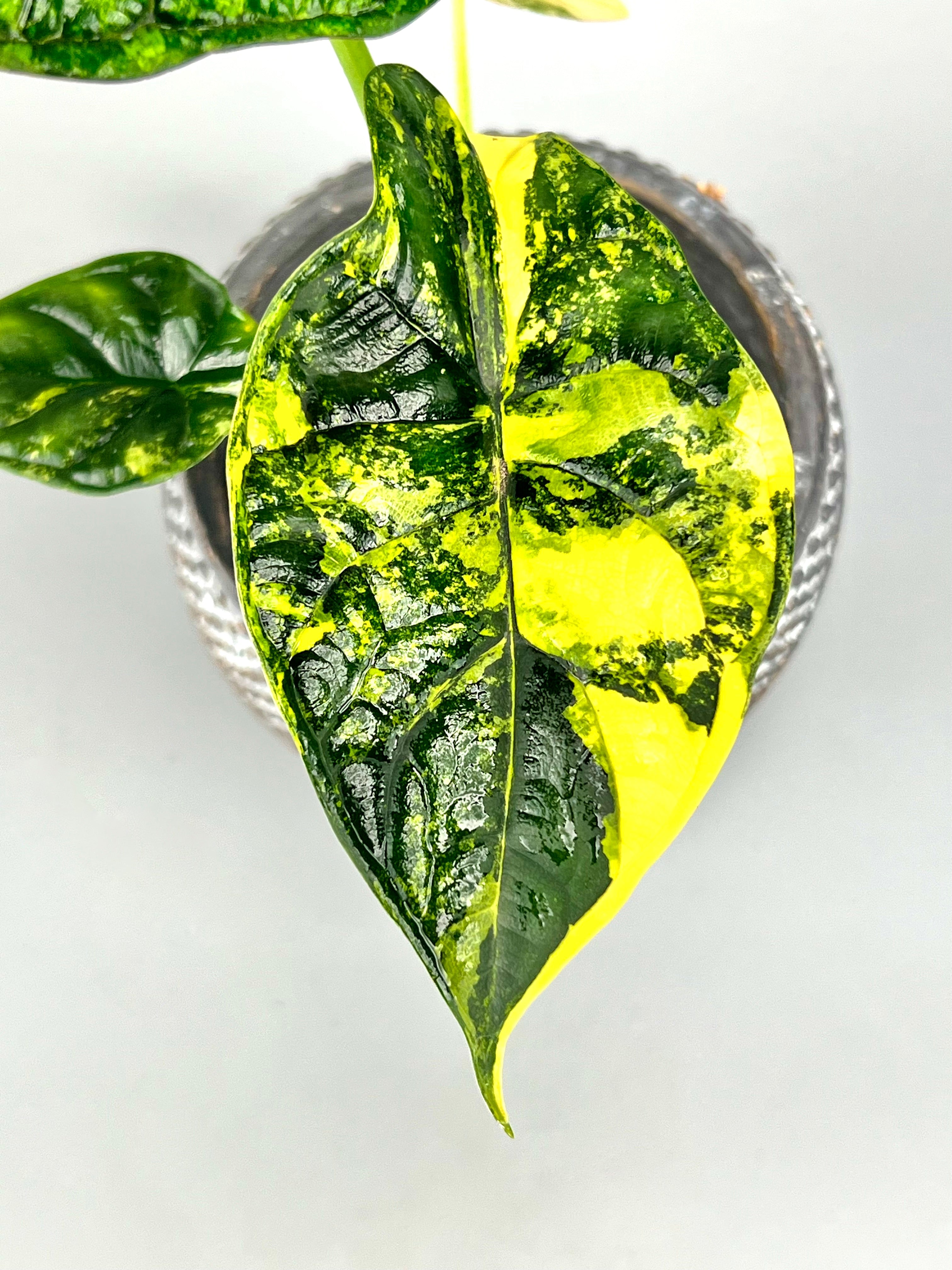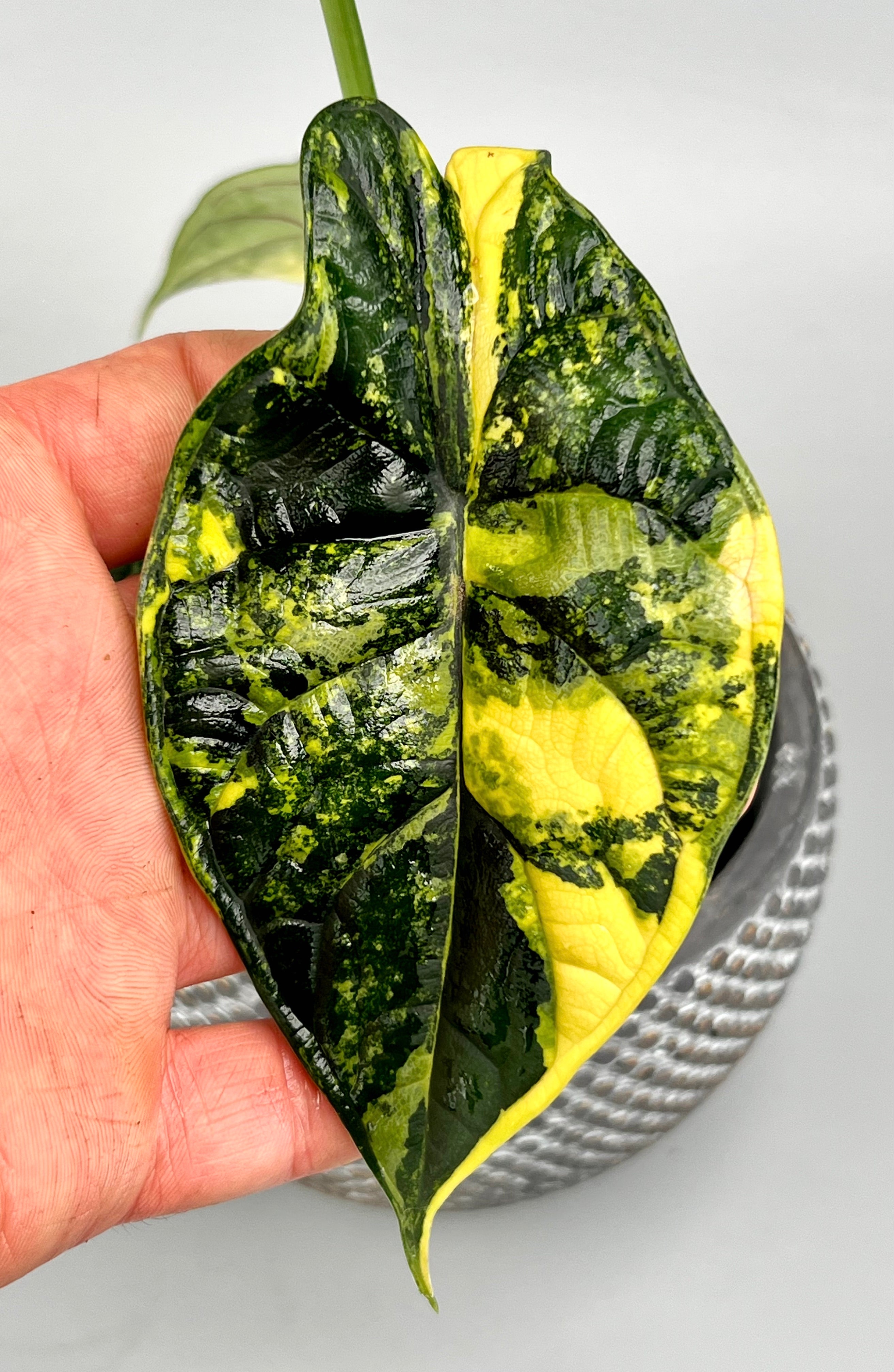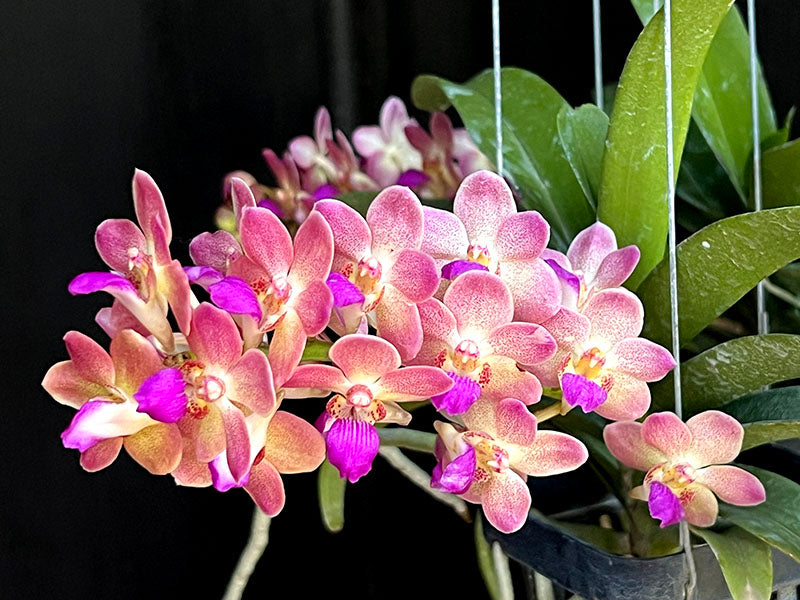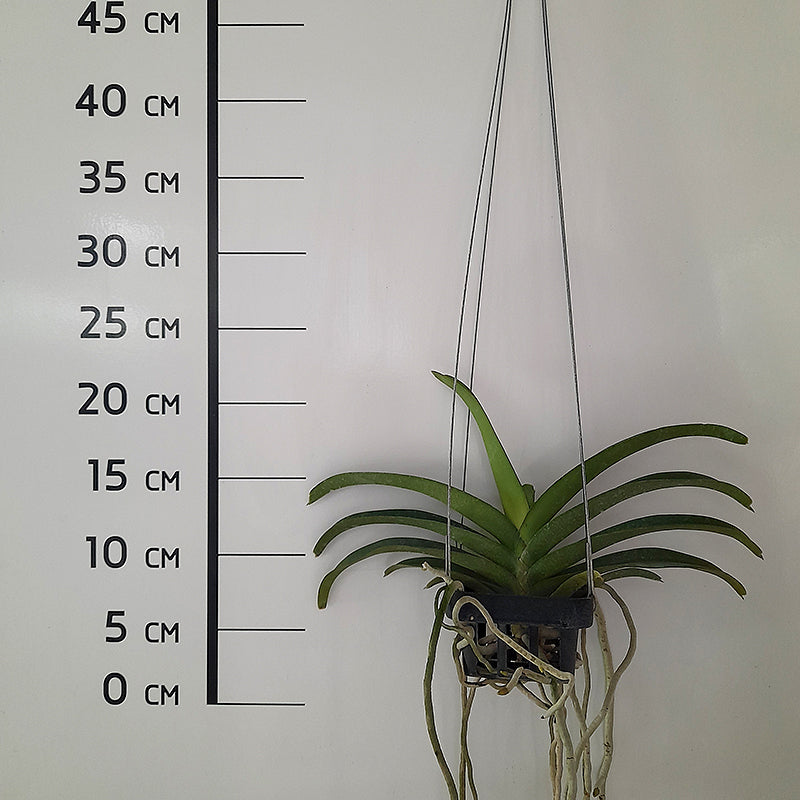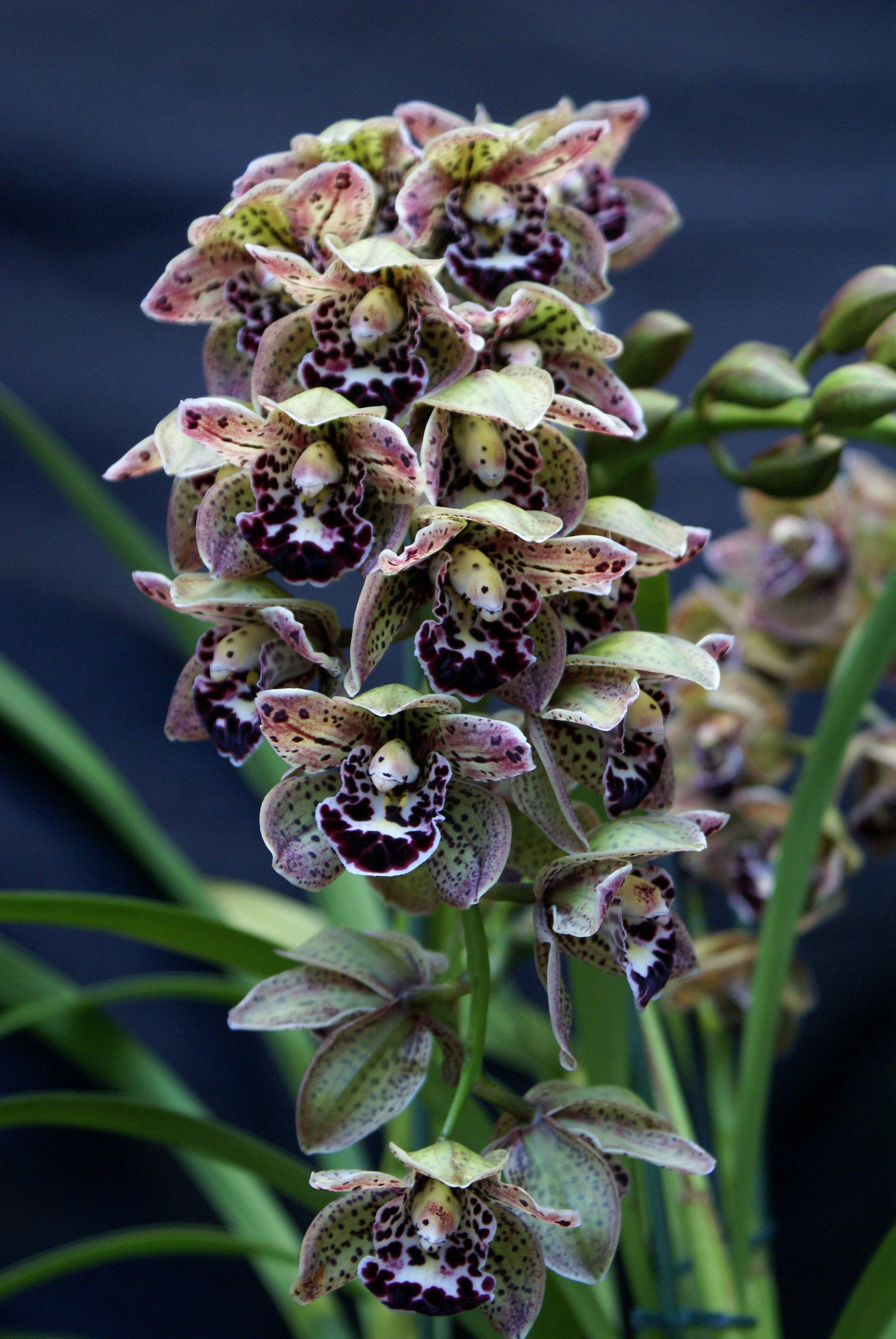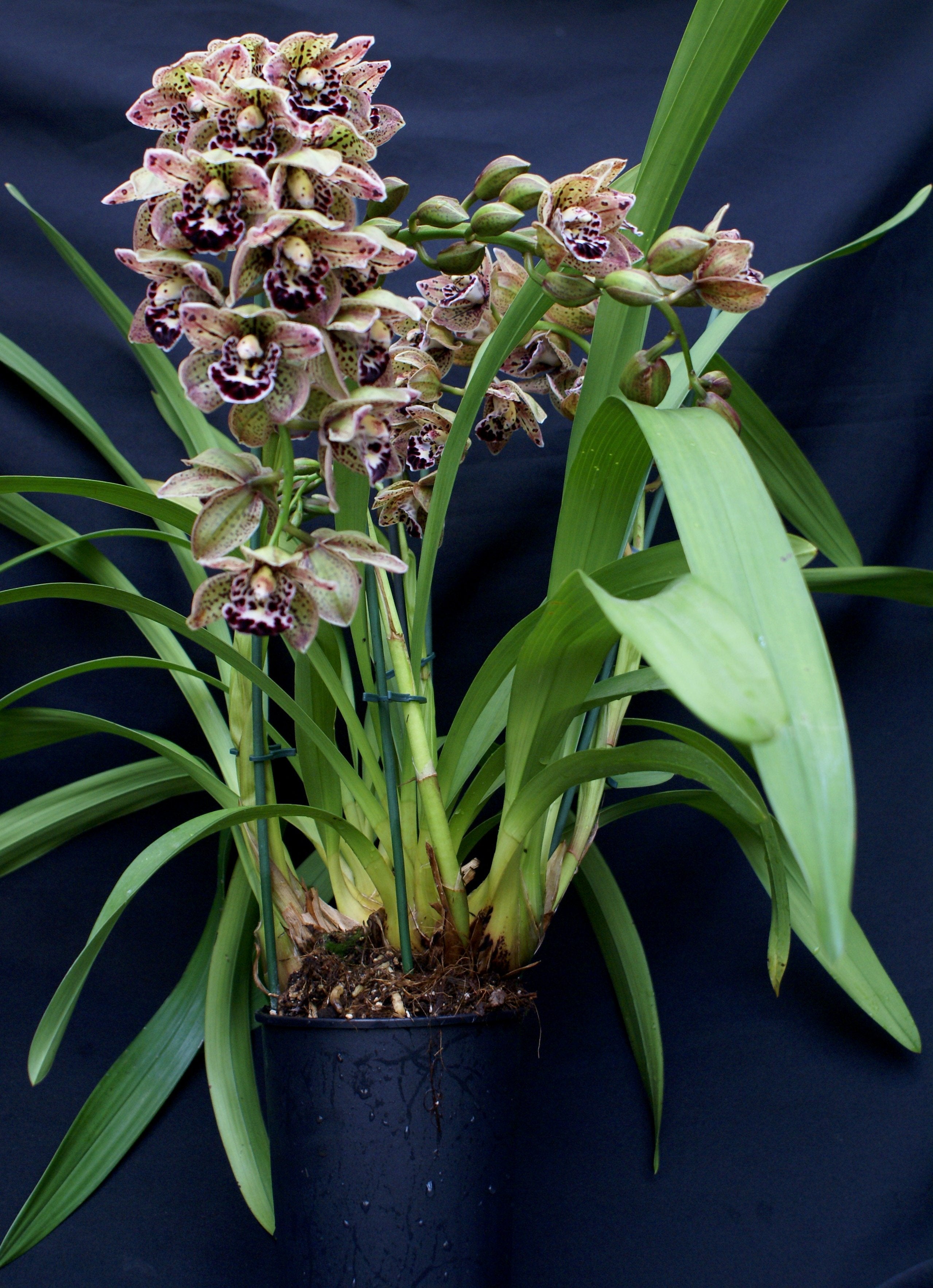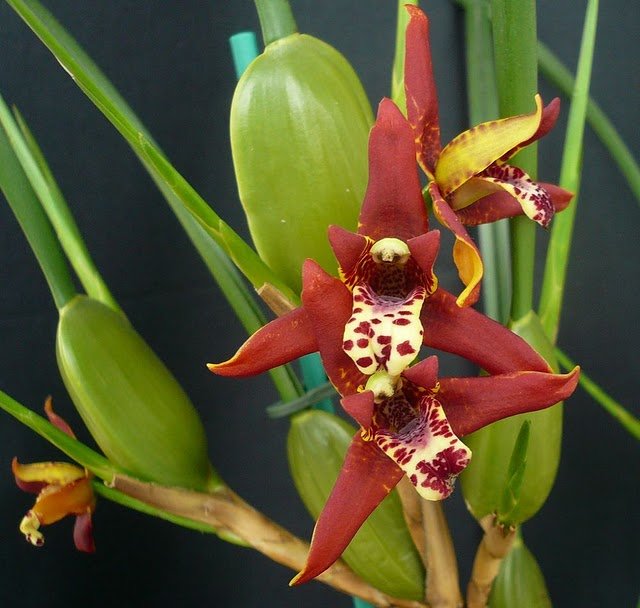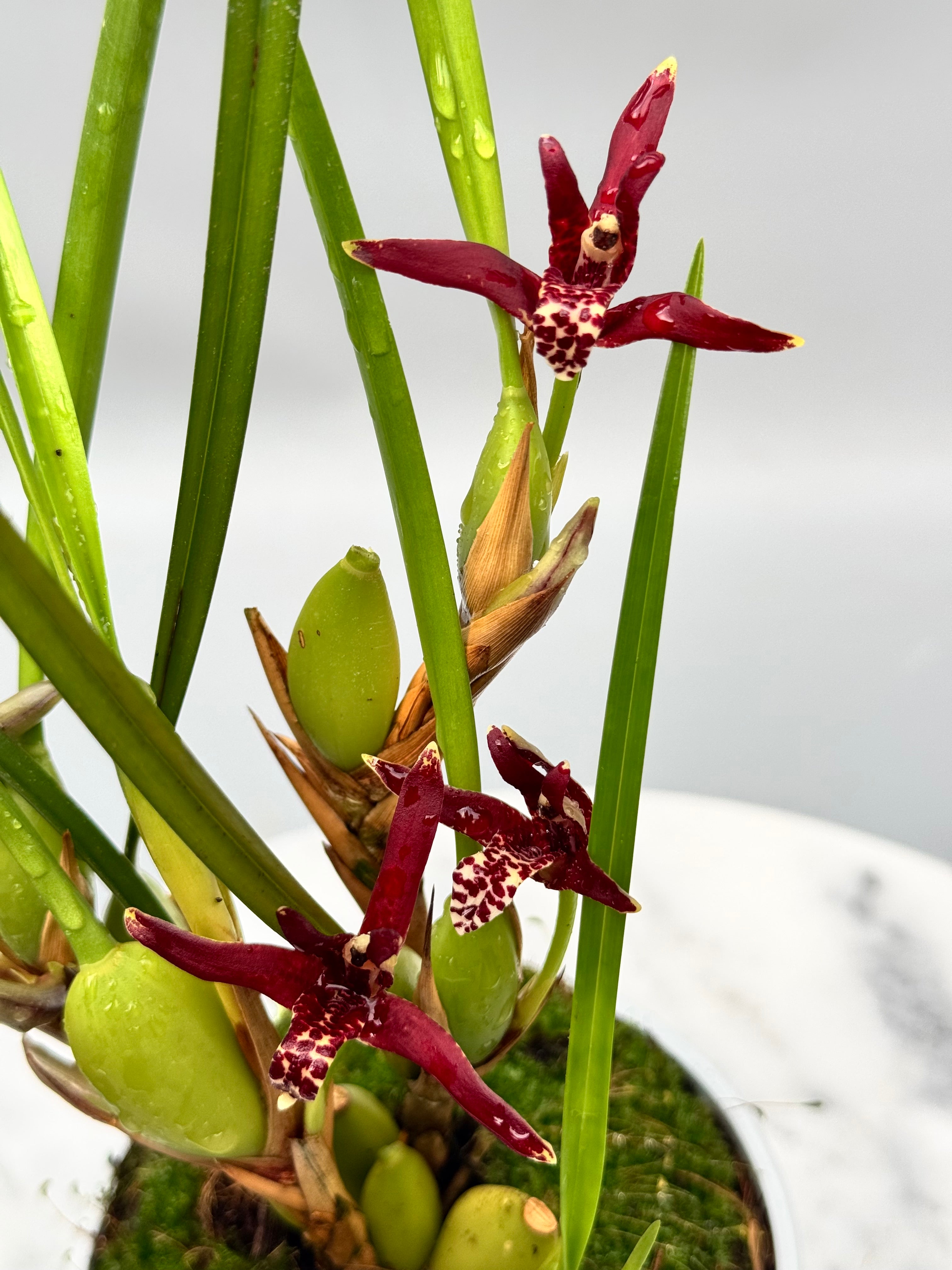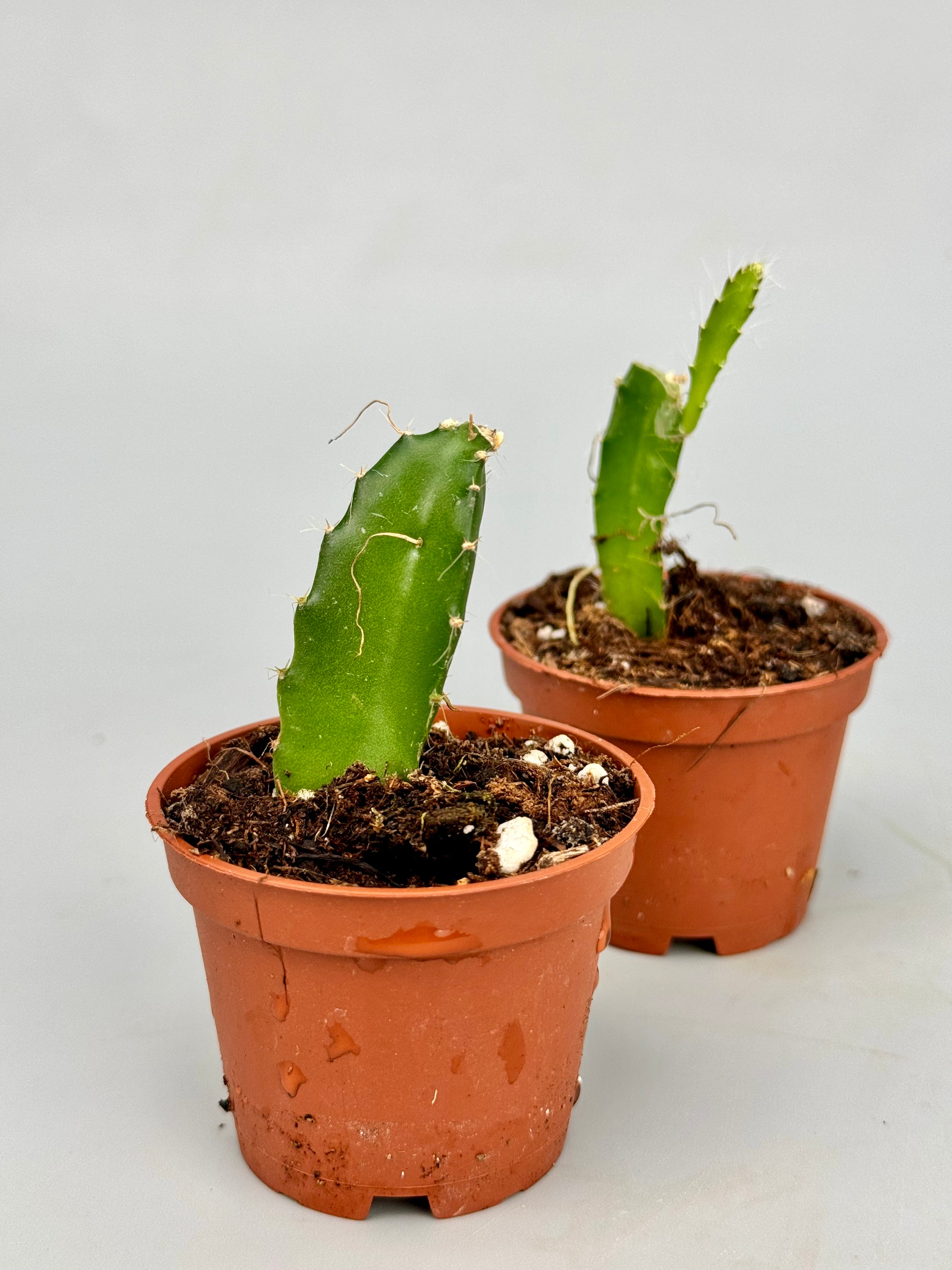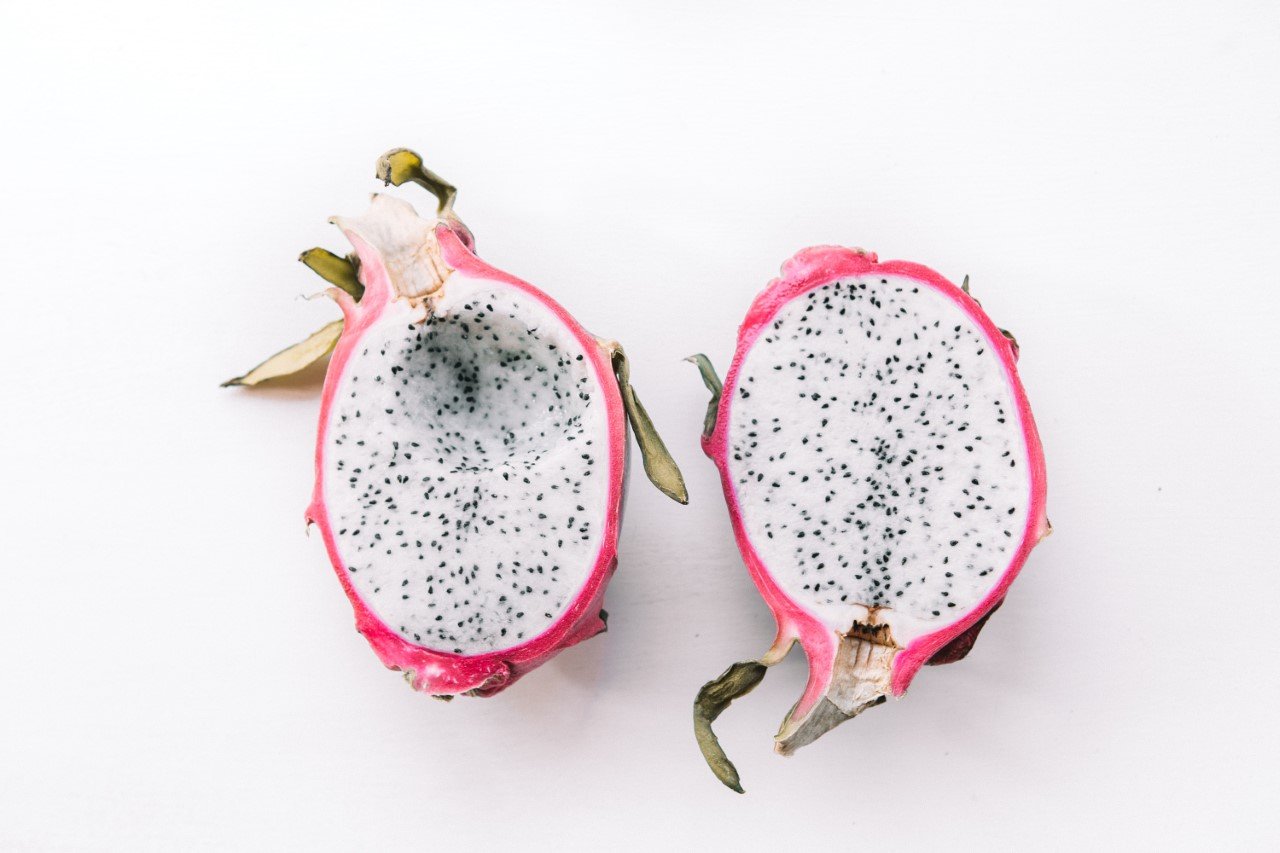A plant is quickly called "rare. In Facebook groups, on auction sites and even on plant labels, the word flies around your ears. But what does 'rare' really mean? And who decides? In this blog we take you through the world of alleged rarity, with a critical look at what is truly unique - and what turns out to be cleverly chosen marketing language.
What is rare in nature?
In botanical terms, a plant species is rare if it occurs in the wild only on a very limited scale. This may be because of a small distribution area, for example a single mountain slope in Ecuador, or because a species is declining due to deforestation, poaching or climate change.
Taxonomically rare species are usually described by scientists and found in official databases such as those of Kew Royal Botanic Gardens. These plants often have a botanical name with an origin reference, such as Lepanthes telipogoniflora, a tiny orchid from Colombia that is still found in the wild in only a few places. Such species are rare in the pure sense - and often difficult to grow.
Rare on the market: another story
But "rare" in the plant market means something different. Here, the term is often used to indicate that a plant is currently difficult to obtain. Think of a new cross, a variety mutation, or a plant from which only a small run has been grown. The plant may exist in a grower's greenhouse in the thousands, but until it is widely distributed to hobbyists, it is presented as "rare.
A striking example is the hype surrounding variety. A Monstera deliciosa variegata was truly rare ten years ago, but today they can be found at almost every major grower. Yet many web shops and influencers continue to call this plant "ultra rare" because it sells well.
Growers, mutations and exclusivity
Another source of perceived rarity are spontaneous mutations. Consider a plant with unusual leaf markings or anomalous growth habit that happens to arise in a nursery. These are sometimes patented or deliberately limited in distribution to maintain hype.
Growers can thus decide for themselves what remains "rare. They give certain plants new brand names, sell them exclusively through their own channels and limit production as long as demand is high. Not because the plant is difficult to grow, but because scarcity simply drives up the price. This also applies to some orchid hybrids: they are not 'rare' in nature, but they are scarce on the market.
Marketing versus reality
As a plant lover, it is good to ask yourself: Why is this plant presented as rare? Is it a botanical species in danger of extinction? Or is it a commercial selection of which there are just temporarily few available? In many cases, it turns out to be mostly clever marketing.
Of course, there is nothing wrong with buying an exclusive plant that you like. But it helps to know what you are buying - and why it is described as rare. That way you avoid disappointment, overpayment and unrealistic expectations.
Recognizable examples
True rarity
Dracula simia (the 'monkey orchid') occurs in cloud forests of Ecuador and is difficult to grow. The species is truly rare in and out of nature.
Commercial rarity
A Philodendron with a new variety form for which growers have just begun breeding. Rare on the market, but not necessarily in potential.
Apparent rarity
A plant that was rare for years, but is now being mass distributed by large growers while the "rare" labels remain.
In conclusion: be curious, not naive
Rarity is a word that generates curiosity, but also merits questions. Why is it that this plant is scarce? And is that temporary, artificial or genuinely special? By delving a little deeper, you'll soon find out whether you're dealing with a hidden botanical treasure, or a well-wrapped sales pitch.

